Lessons Learned from the Crash Course in Vehicle Technology and Driverless Cars
It is really hard to intentionally drive into the back of a car (or a contraption made to look like the back of a car that costs a couple hundred thousand dollars). I know from personal experience because I tried to do exactly that in a Subaru with automatic emergency braking. I failed. I was nervous and started braking before the car could do it for me. Although I am not a good test driver, I'd like to think that my hesitation to run into another vehicle indicates that I am a good real-life driver. I consider myself fortunate to have had this experience that stemmed from attending the CAS and IIHS/HLDI (Insurance Institute for Highway Safety and Highway Loss Data Institute) Seminar: Crash Course in Vehicle Technology and Driverless Cars. The seminar was a great mix of hands-on opportunities and interesting lectures and discussions. Here are a few things that I discovered while I was there.
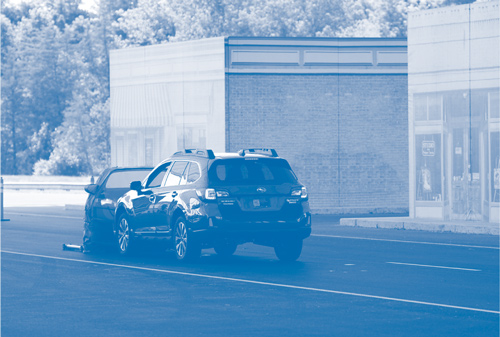
Setting the Stage for the Crash
Crash tests conducted at IIHS/HLDI are somewhat like dinosaur attacks (as portrayed by the Jurassic Park movies.) You are probably scratching your head and wondering why I am making this claim. But picture this: There is an enclosed area with bright floodlights pouring down on it. In the middle of the area is a white goat, innocently awaiting its fate. The goat stands a bit nervously, while a crowd of onlookers talks in hushed tones and stares down from overhead observation decks. All of a sudden, there is a jolting noise; a mechanical door starts to open from one end of the enclosure, and the goat is suddenly wide-eyed. Before the goat can bleat, a dinosaur charges from its now-opened cage and attacks the goat. The resulting sounds are terrible, and once it is over, there is evidence of the destruction everywhere.
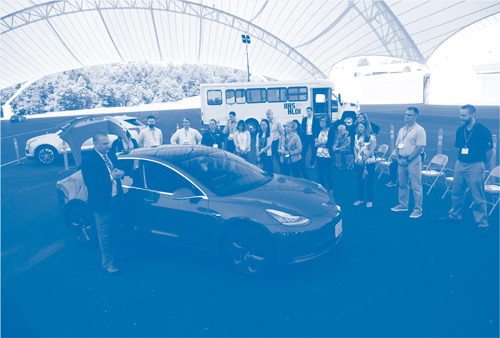
If you swap out the goat for a Volkswagen Atlas and the dinosaur for a Ford F-150, that's basically what I witnessed at the seminar. We knew we were going to see two cars involved in a crash, so it was surprising that we only saw the Atlas, the victim vehicle, when we stepped into the testing area. The attacking vehicle was hidden from view until we heard the clicks of the garage door behind us raising. Although the Ford F-150 was only going 37 miles per hour, it seemed like it was much faster. The entire crash happened so quickly, and the noise of the impact was very loud and disturbing. Fortunately, all this destruction is for a good cause. The team at IIHS/HLDI will use this crash to help rate the Volkswagen Atlas's crashworthiness, and those ratings will influence both carmakers and car shoppers, hopefully encouraging additional safety enhancements and safer vehicles on the roads.
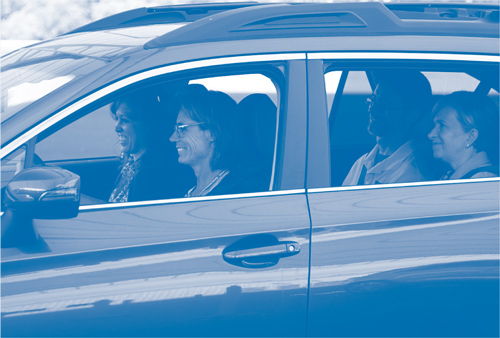
Check Your Car's Safety Rating
Another eye-opening lesson was that everyone should use the IIHS/HLDI safety ratings when shopping for a car because not all cars and not all car manufacturers are alike! (Want to know how your car performs in the crash tests? Check out iihs.org/iihs/ratings.)
IIHS/HLDI has some very neat displays where they compare two similar vehicles that have been put through the same crash test. It is astonishing to see how cars that look so alike can be so different on a safety basis. In an example that compared minivans, you could see how the driver seat and surrounding area was largely intact with one minivan, while the other was compacted and crumbled
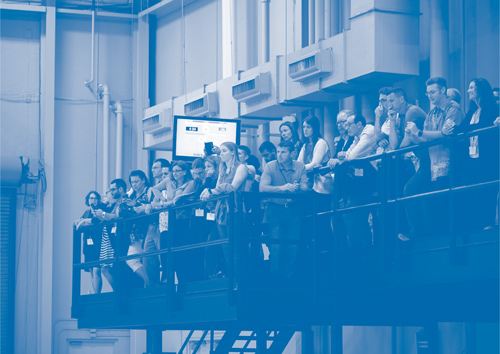
The IIHS/HLDI staff told us how useful the crash tests and displays are when communicating with car manufacturers. Upon hearing that their vehicle did not do well in a crash test, some manufacturers might push back and say that their car can't be improved. But when they see that a competitor has built a car that successfully passes the test, they should be motivated to improve their vehicle to handle the test better and be safer for the occupants. Of course, not all manufacturers will accept the challenge of improving their vehicle to the degree necessary or in a timely manner. It is up to us as consumers to let manufacturers know that we want safe vehicles — and the best way to let them know is to not spend money purchasing unsafe vehicles. If our dollars demand safety, safety will become more and more of a priority for the car manufacturers.
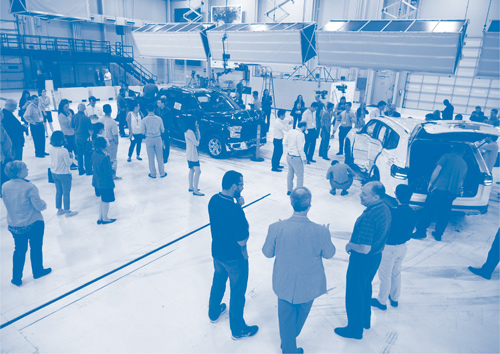
Driver Error Persists Despite Safety Features
Vehicles are more crash-worthy than they have ever been, but there are still many vehicle-related deaths due to our bad decisions that continue to put us at risk. Matt Moore, senior vice president of HLDI, led a session discussing some of the changing legislation in the United States that puts drivers more at risk on the roads. Many states have legalized marijuana, and those states have a higher frequency of car accidents than surrounding states that have not legalized it. The law requiring motorcyclists to wear helmets was repealed in Michigan in 2012. Speed limits continue to increase on highways, guaranteeing increases in fatalities.
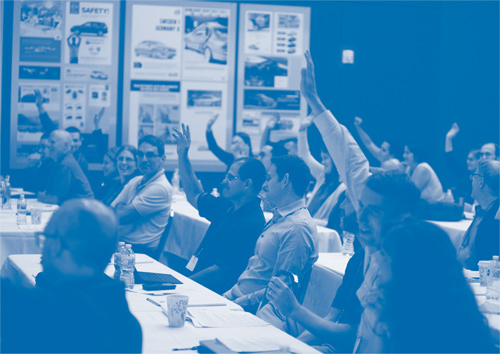
* * *We humans obviously find some amount of risk associated with motor vehicle travel acceptable, but as legislation comes up in our states, we need to think about the consequences of the proposed changes. To learn more about HLDI's involvement with highway safety legislation and to review the laws and regulations for your state, visit iihs.org/iihs/topics#statelaws.
The CAS and IIHS/HLDI will be offering this seminar again in 2020, so I highly recommend that you mark your calendar and try to secure a spot when the registration opens. Who knows what fun, advanced vehicle technologies you might get to test at that time? I hope you'll do a better job of testing the technology than I did.
